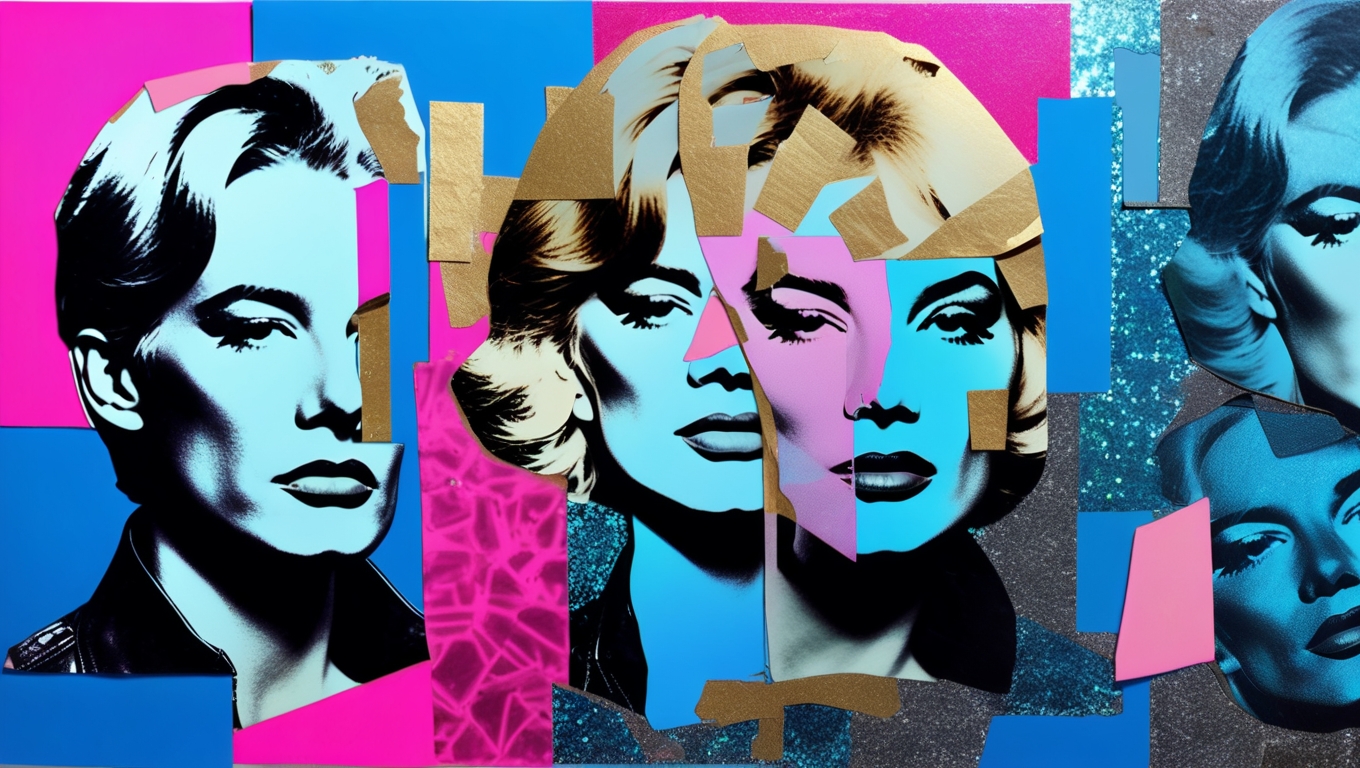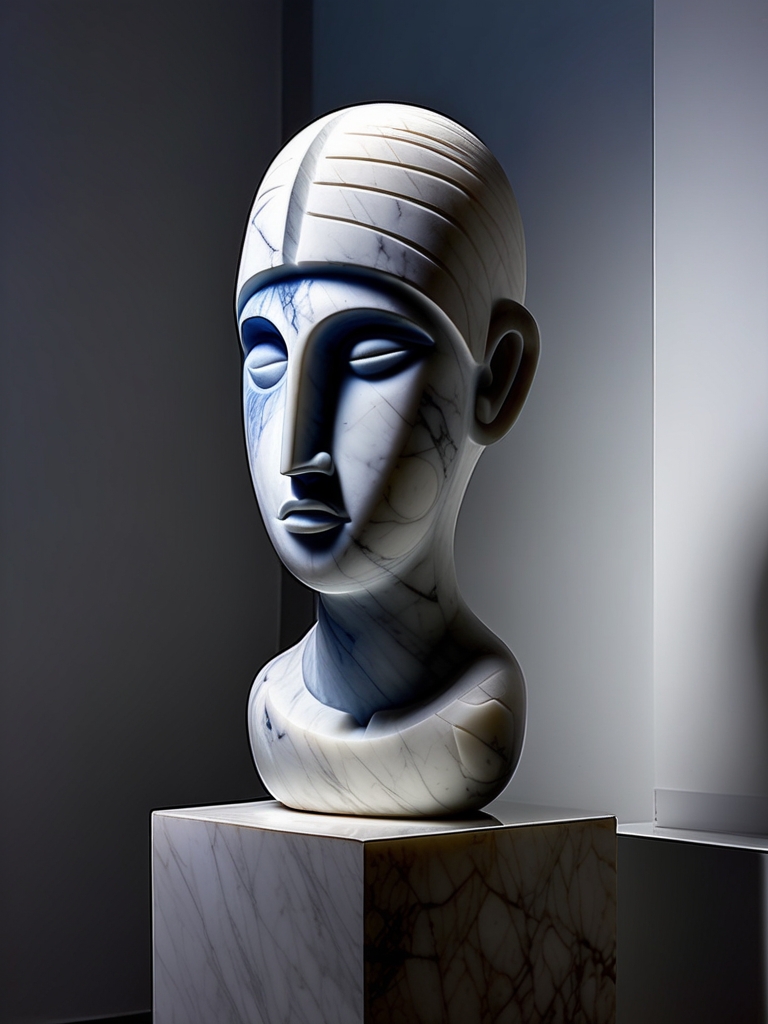The Dark Between Dimensions

The Nexus Artifact was created by the mysterious Quantum Collective during the Space Race. This peculiar sculpture combines brutalist architecture with impossible geometry: metallic spires emerge from a sectioned sphere in ways that defy spatial relations.
The piece caused a stir when it first arrived at the museum. Staff members reported their watches running at different speeds near the sculpture, while photographers discovered their pictures showed angles and forms invisible to the naked eye.
The Nexus Artifact represents more than mere sculptural achievement - it's a tear in the fabric of our understanding. Its geometric precision suggests knowledge of dimensional mathematics that wouldn't be theorized until decades later.
-Dr. Helena Vasiliev, Quantum Physicist
In 1985, theoretical physicist Dr. Sarah Chen visited the Ravensfield to study the sculpture as part of her research on stable wormhole structures. Her instruments detected unusual gravitational patterns around the spheroid component, leading her to believe the Quantum Collective had built a working interdimensional prototype.
Dr. Chen documented how the spires occupied different positions when observed through specialized equipment, while the sectioned sphere rotated in ways that contradicted Euclidean geometry. She took to spending her nights in the gallery, convinced the sculpture operated according to some cosmic timetable.
On December 21st, 1986, Dr. Chen's research journal describes "a breakthrough". The sphere's segments realigned themselves, revealing what she called "a window into elsewhere." She intended to reach through this opening. The next morning, security found her laboratory empty, her equipment still running.
Every three years since then, a woman matching Dr. Chen's appearance manifests in front of the sculpture, vanishing before anyone can reach her. The Nexus Artifact remains in its designated spot, drawing attention from quantum physicists and occultists alike. Recent developments in quantum computing have started to validate Dr. Chen's early findings, suggesting this piece might be more than what meets the eye—if our eyes can be trusted at all when observing it.




